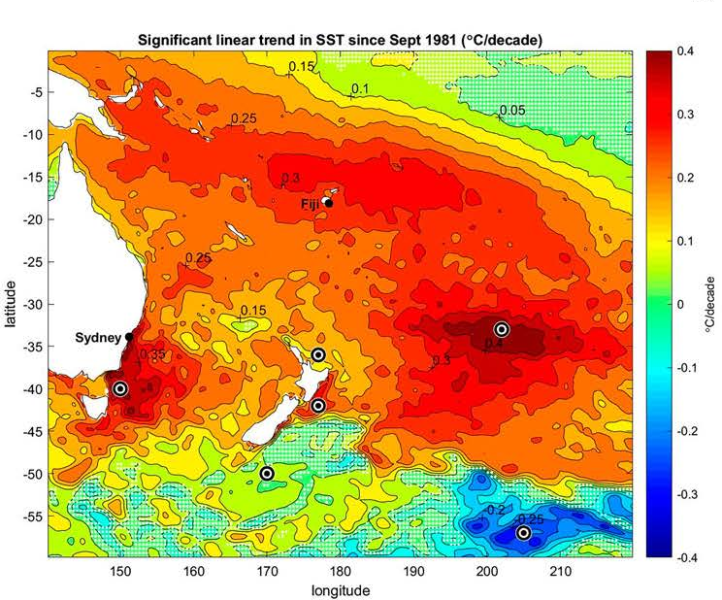The Earth's climate has exhibited marked "natural" climate changes, with time scales varying from many millions of years down to a few years.
For example:
- Changes in land and ocean floor topography have had major influences on global climate at time scales of 50 million to 150 million years. (These changes influenced the patterns of absorption of incoming radiation from the sun, and affected circulation patterns in the atmosphere and oceans).
- Over the last two million years the onset and recession of the great Ice Ages were probably influenced by changes in the earth's orbit and the tilt of its axis, which caused systematic variations in the amount and distribution of solar radiation. Global average temperatures varied by about 5 – 7 °C.
- Since the end of the last ice age (14,000 – 10,000 years ago) globally averaged surface temperatures have fluctuated over a range of up to 2 °C on time scales of centuries or more. Factors influencing these changes probably included fluctuations in the radiation output from the sun, and changes in circulation and overturning in the oceans.
- Over periods of a few years, fluctuations in global surface temperatures of a few tenths of a degree are common. Some of these are related to the El Niño – Southern Oscillation phenomenon, and major volcanic eruptions have also had some effects.
More information on New Zealand's past climate

